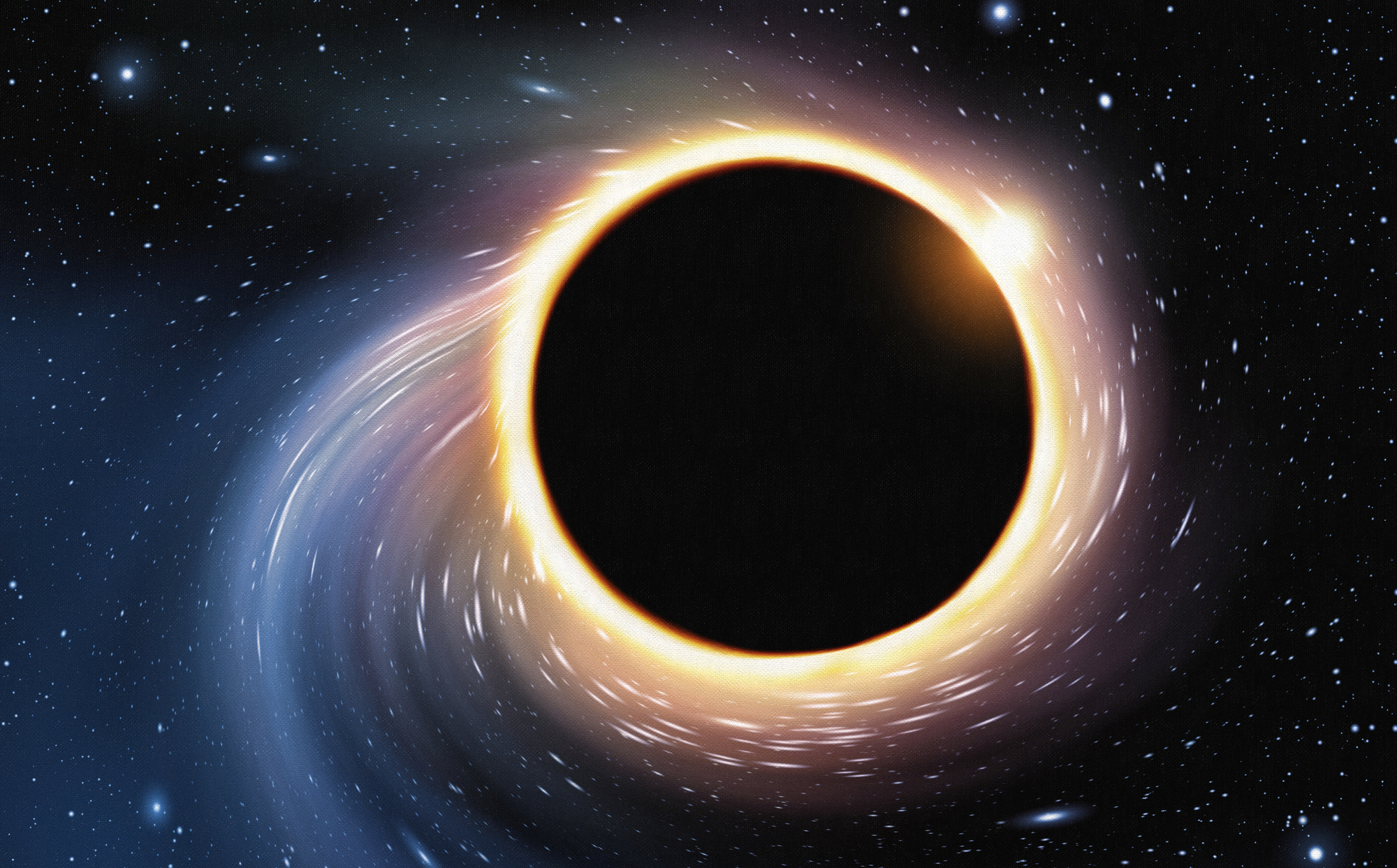

NRAO telescopes are open to all astronomers regardless of institutional or national affiliation. Operated under cooperative agreement by Associated Universities, Inc.įounded in 1956, the NRAO provides state-of-the-art radio telescope facilities for use by the international scientific community.

The National Radio Astronomy Observatory is a facility of the National Science Foundation In general, stars with final masses in the range 2 to 3 solar masses are believed to ultimately collapse to a black hole. So, for a star with the same mass as our Sun, the Schwarzschild radius is about 3 km, or about 2 miles. If you plug in values for the constants G and c and use solar masses for M and km for Rs, this equation reduces to the following rather simple form: Where M is the mass of the object, G is the gravitational constant, and c is the speed of light. This radius is called the Schwarzschild radius (Rs), and it is given by the following equation: Said another way, any object which collapses to the point where its radius is less than a certain limit must ultimately become a black hole. Since the exact mass of an object like a star that must ultimately become a black hole is a function of its radius, there isn’t an exact mass above which that object must collapse to a black hole. LaurenĪnswer: An earlier post to this blog on “Properties of Stars which Result in Black Holes” provides a general overview to this question. Question: How do you calculate the critical mass for a star to become a black hole? I’m an undergraduate Math major, and this is my senior thesis and I really have no idea where to start.


 0 kommentar(er)
0 kommentar(er)
